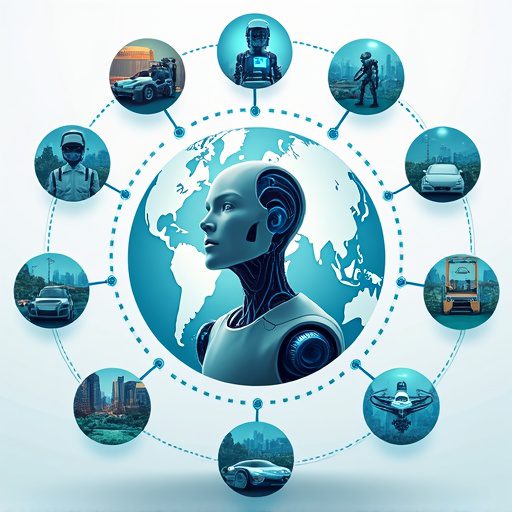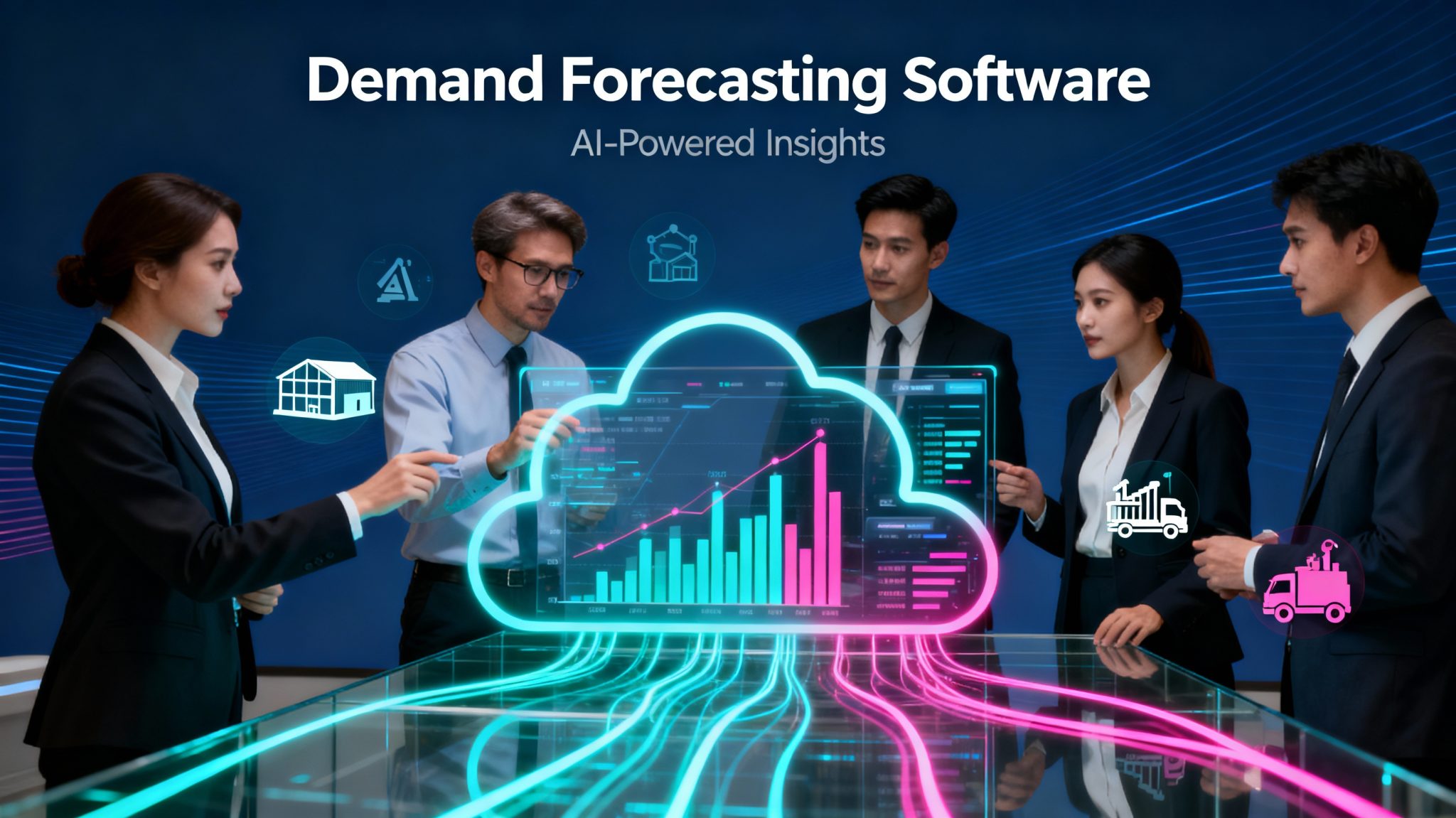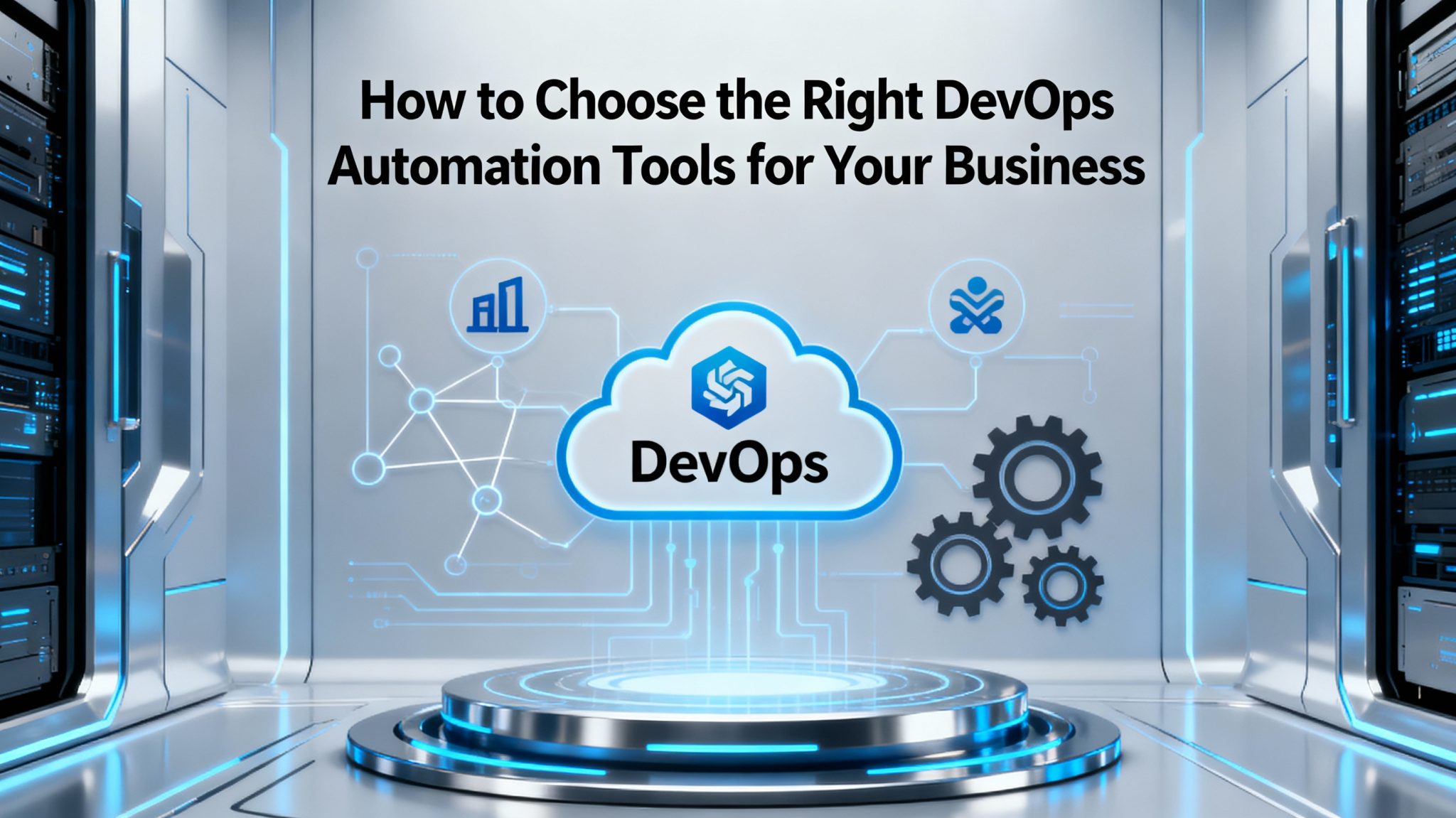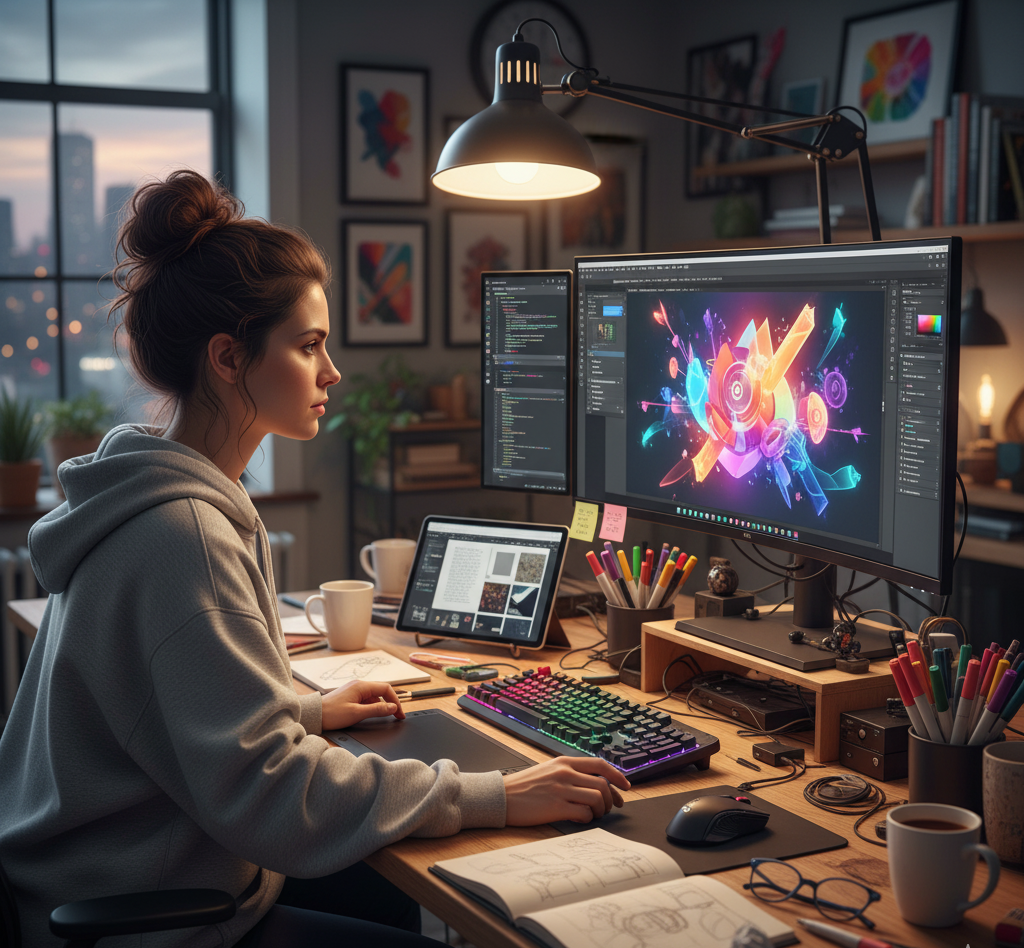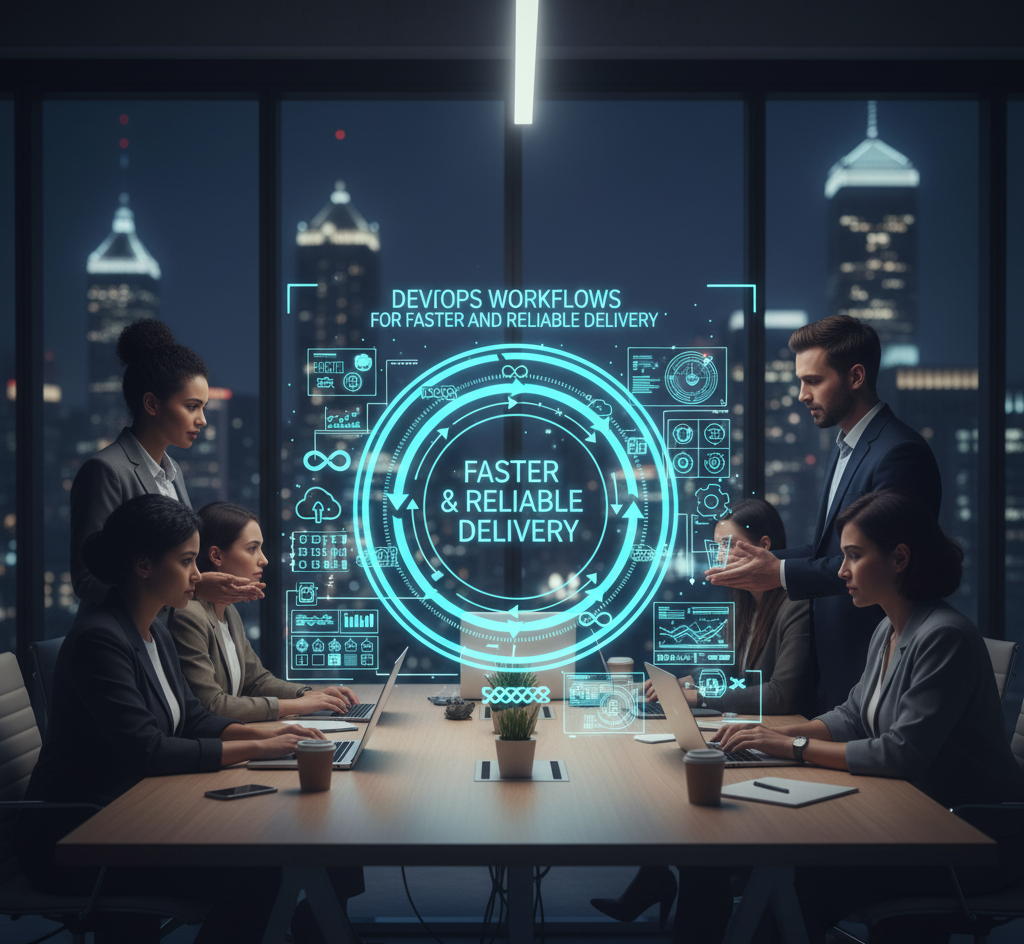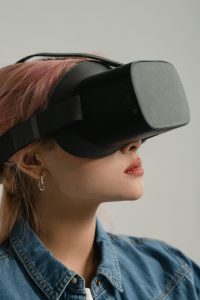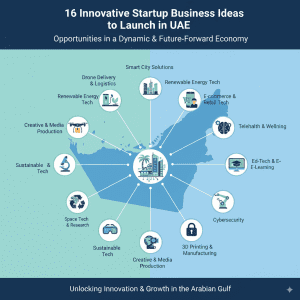Introduction
As artificial intelligence continues its rapid evolution, Physical AI emerges as the transformative force that bridges the digital and physical worlds. Unlike traditional AI, which processes data and makes decisions in virtual environments, Physical AI endows robots, smart machines, and autonomous systems with the ability to perceive, learn, and act in the real world. Powered by breakthroughs in machine learning, computer vision, and sensor technology, Physical AI is reshaping industries and daily life in profound ways.
This blog explores 10 innovative use cases of Physical AI in 2025 that are revolutionizing sectors such as healthcare, manufacturing, logistics, agriculture, and more. It also highlights how TechOTD’s AI-driven solutions enable businesses to leverage these advancements for operational excellence (AI services).
What Is Physical AI?
Physical AI integrates intelligent algorithms with robotic hardware and sensory systems to create autonomous agents capable of real-world interaction. These systems combine perception, cognition, and action capabilities, enabling machines to navigate complex environments, adapt to changing conditions, and perform tasks with minimal human intervention.

Physical AI’s core advantage lies in embodied intelligence—where AI is not confined to digital computations but woven into the physical fabric of machinery and devices. This intelligence fuels autonomous vehicles, robotic surgery systems, drones, automated warehouses, and more.
Top 10 Game-Changing Use Cases of Physical AI in 2025

1. Autonomous Delivery and Logistics Robots
Physical AI enables autonomous robots to handle last-mile deliveries, warehouse sorting, and inventory management. These robots navigate congested urban environments and complex warehouses efficiently, reducing human labor costs and improving delivery speed.
Amazon’s Scout or Starship Technologies’ delivery bots illustrate how this technology revolutionizes logistics, supporting e-commerce growth and sustainability (Mobile apps services).
2. Robotic Surgical Systems
Advanced robotic surgery platforms powered by Physical AI provide remarkable precision and control, minimizing invasiveness and improving patient outcomes. Robots assist in complex procedures such as neurosurgery, cardiology, and orthopedics, supporting surgeons in delivering high-precision care (Medical AI use cases).
3. Intelligent Manufacturing Automation
Physical AI drives smart factories where robotic arms adapt to variable parts, perform quality inspections using AI vision, and optimize assembly lines autonomously. This flexibility boosts productivity, reduces errors, and shortens product cycles (How We Work).
4. Autonomous Vehicles and Fleet Robotics
Self-driving cars, trucks, and delivery vans utilize Physical AI to navigate, avoid obstacles, and manage dynamic road scenarios. Logistics companies optimize fuel usage and route planning while enhancing safety, aided by AI-driven predictive maintenance systems (Blockchain in business).
5. Drones for Environmental and Infrastructure Monitoring
AI-enabled drones conduct wildlife tracking, crop analysis, and inspecting infrastructure like power lines or pipelines. Their ability to gather high-resolution sensor data digitally transforms environmental monitoring and maintenance tasks (Predictive analytics).
6. Autonomous Agricultural Equipment
From planting to harvesting, smart agricultural machines use sensor data and AI to optimize crop yields, efficient water use, and reduce labor dependency. Physical AI enables real-time decision-making for sustainable farming practices (Agricultural AI use).
7. Smart Warehouse Robotics
Physical AI-powered robots automate picking, packing, and inventory control, seamlessly collaborating with human workers. These systems improve accuracy, speed, and scalability in supply chain operations, vital for modern retail (E-commerce AI).
8. Construction and Heavy Machinery Automation
AI-augmented construction vehicles and equipment analyze terrain, optimize loads, and work autonomously in hazardous or complex environments. This innovation boosts safety and project efficiency (Best gadgets for programmers).
9. Physical AI in Smart Cities
Integrating Physical AI with urban infrastructure enables adaptive traffic control, enhanced public safety through AI surveillance, and energy efficiency in building management. These applications support smarter, safer, and more sustainable cities globally (Seamless AI customer journeys).
10. Physical AI-Powered Exoskeletons and Prosthetics
AI-driven exoskeletons assist mobility-impaired individuals, rehabilitation patients, and industrial workers to augment strength and endurance. Incorporating Physical AI ensures adaptive support tailored to individual movements and needs (AI-powered innovations).
The Role of TechOTD in Physical AI Innovation
As industries adopt Physical AI, partnering with technology experts is paramount. TechOTD specializes in building AI-driven solutions from custom model development to system integration. By combining AI, machine learning, and sensor fusion technologies, TechOTD enables businesses to deploy scalable and secure Physical AI applications, unlocking new value and operational agility (How We Work).
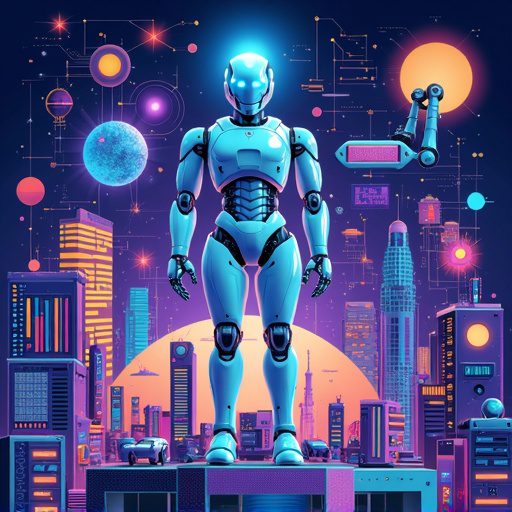
TechOTD’s expertise extends to blockchain integration (Blockchain in business) and AI-powered analytics (Predictive analytics), enabling comprehensive digital transformations across sectors.
Frequently Asked Questions (FAQ)
Q1: What distinguishes Physical AI from traditional AI?
Physical AI couples intelligent algorithms with real-world sensing and actuation, enabling machines to autonomously interact with and adapt to their physical environments.
Q2: How will Physical AI impact jobs?
While Physical AI automates repetitive or dangerous tasks, it also creates opportunities in AI system development, maintenance, and supervision, augmenting human capabilities.
Q3: What industries benefit most from Physical AI?
Healthcare, manufacturing, logistics, agriculture, construction, and smart city infrastructure are key sectors driving Physical AI adoption.
Q4: Can small enterprises leverage Physical AI?
Yes, cloud-based AI tools and scalable robotic platforms make adoption feasible for businesses of various sizes.
Q5: How does TechOTD support Physical AI projects?
TechOTD offers end-to-end AI consulting, model development, integration, and ongoing support to tailor Physical AI solutions for business needs (TechOTD AI services).
Conclusion
Physical AI represents the next wave of AI evolution, blending intelligent computation with physical autonomy to solve complex challenges across multiple industries. By 2025, its applications—from autonomous robots to smart urban systems—are set to redefine efficiency, safety, and human-machine collaboration.
Forward-thinking enterprises must embrace Physical AI technologies integrated with AI-driven analytic platforms. With partners like TechOTD, businesses can confidently navigate this revolution to unlock innovation, resilience, and competitive advantage.
